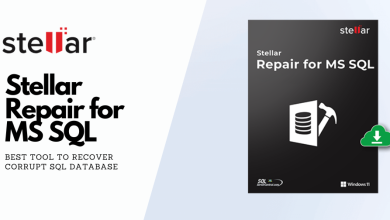Safety in the Cloud: Top 10 Tips for Remote Workers to Ensure Security

As remote work continues to surge in popularity, more and more workers are relying on cloud-based solutions to carry out their tasks. Cloud computing offers numerous benefits, including flexibility, scalability, and accessibility. However, it also brings about unique security challenges that remote workers must address. Ensuring safety in the cloud is paramount to protecting sensitive data and maintaining productivity. In this article, we’ll discuss the top 10 tips for remote workers to ensure security while leveraging cloud services.
1. Choose Reputable Cloud Service Providers:
The foundation of cloud security lies in selecting reputable and trustworthy service providers. Conduct thorough research to identify cloud vendors with a proven track record of prioritizing security. Look for providers that adhere to industry-standard security protocols and compliance certifications, such as ISO 27001 or SOC 2.
2. Implement Strong Authentication Measures:
Implement strong authentication measures to protect access to cloud accounts and data. Utilize multi-factor authentication (MFA) to require multiple forms of verification before granting access. This adds an extra layer of security, making it significantly harder for unauthorized individuals to gain entry.
3. Encrypt Data Before Uploading to the Cloud:
Encrypt sensitive data before uploading it to the cloud. Encryption ensures that even if data is intercepted, it remains unreadable and unusable to unauthorized parties. Many cloud services offer encryption features, but you can also encrypt files locally before uploading them for an added layer of security.
4. Regularly Update Software and Applications:
Keep all software and applications used in conjunction with cloud services up to date. Regular updates often include security patches that address known vulnerabilities and protect against potential threats. Enable automatic updates whenever possible to ensure that your systems remain secure at all times.
5. Control Access Permissions:
Carefully manage access permissions for cloud resources to limit exposure to sensitive data. Assign permissions on a need-to-know basis, granting access only to individuals who require it to perform their duties. Regularly review and update permissions to reflect changes in roles and responsibilities within the organization.
6. Monitor User Activity:
Monitor user activity within cloud environments to detect and respond to suspicious behavior promptly. Utilize logging and auditing features provided by cloud service providers to track user actions and identify potential security incidents. Implement real-time alerts to notify administrators of any unusual or unauthorized activity.
7. Backup Data Regularly:
Regularly backup data stored in the cloud to protect against data loss or corruption. Ensure that backups are performed frequently and stored securely in an alternate location. Test backup and recovery procedures regularly to verify their effectiveness and reliability in the event of a disaster.
8. Educate Remote Workers on Cloud Security Best Practices:
Provide comprehensive training and education to remote workers on cloud security best practices. Ensure that employees understand their roles and responsibilities in maintaining security within cloud environments. Emphasize the importance of strong passwords, secure sharing practices, and vigilance against phishing and other social engineering attacks.
9. Implement Data Loss Prevention (DLP) Measures:
Implement data loss prevention (DLP) measures to prevent unauthorized disclosure of sensitive information. Utilize DLP tools and technologies to monitor and control the movement of data within cloud environments. Configure policies to detect and block the transmission of sensitive data outside of authorized channels.
10. Regularly Conduct Security Audits and Assessments:
Regularly conduct security audits and assessments of cloud environments to identify and address potential vulnerabilities and weaknesses. Engage third-party security professionals to perform comprehensive evaluations and provide recommendations for improvement. Implement remediation measures promptly to mitigate risks and enhance overall security posture.
Conclusion:
Safety in the cloud is paramount for remote workers who rely on cloud-based solutions to carry out their tasks. By following these top 10 tips, remote workers can ensure security while leveraging the benefits of cloud computing. By choosing reputable service providers, implementing strong authentication measures, encrypting data, and regularly updating software and applications, remote workers can protect sensitive data and maintain productivity in a secure cloud environment.





